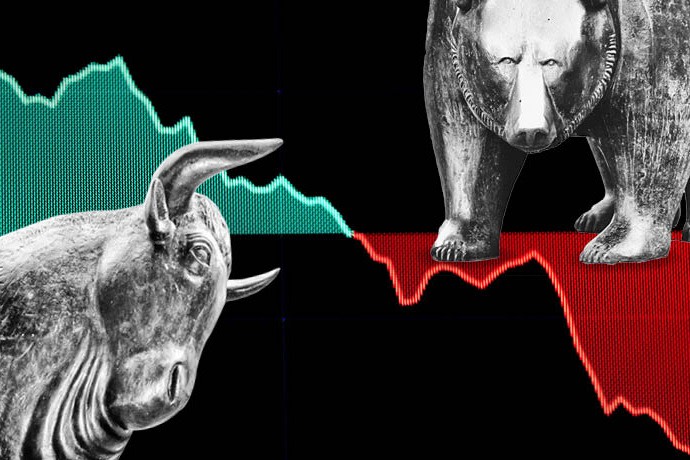Biden tax plan could hasten shift to ETFs, say asset managers
Simply sign up to the Fund management myFT Digest -- delivered directly to your inbox.
Interested in ETFs?
Visit our ETF Hub for investor news and education, market updates and analysis and easy-to-use tools to help you select the right ETFs.
Higher capital gains taxes on wealthy investors proposed by the Biden administration could hasten a shift out of mutual funds and into exchange traded funds, US asset management executives are predicting.
The tax plan has focused attention on a structural advantage of ETFs over mutual funds, namely that they generate fewer capital gains tax bills for investors.
This is because a majority of ETFs passively track market benchmarks and rarely sell securities, whereas many mutual funds actively change their holdings over time, passing on the net tax liability to their shareholders as a so-called capital gains distribution.
“The mutual fund has some tax inefficiencies and many fee-based advisers prefer the ETF vehicle, so we may see more of a shift,” said Jenny Johnson, chief executive officer at Franklin Resources during the asset manager’s recent quarterly earnings call.
“Shining a light on taxes shows one of the inefficiencies of mutual funds that is a benefit for ETFs,” said Jarrett Lilien, chief operating officer of WisdomTree, which specialises in ETFs. “It highlights an advantage that has been there all along.”
President Joe Biden has proposed nearly doubling capital gains and dividend taxes for the wealthiest Americans to fund an expansion of education and childcare. The plan sparked criticism from Wall Street and investors and could be altered as the administration negotiates a bill through Congress.

Mutual funds have been a fixture of the US investment landscape for decades but have been losing market share to ETFs, which charge lower fees.
Cumulative outflows from US equity mutual funds were $1.3tn from the start of 2011 to the end of 2020, whereas equity ETFs attracted cumulative inflows of $1.3tn over the same period, according to the Investment Company Institute.
The number of mutual funds shrank last year at the fastest pace in at least 20 years, while inflows into ETFs hit a record.
Just 7 per cent of ETFs generated capital gains distributions over the past three years, said Matthew Bartolini, head of Americas research at State Street Global Advisors, compared with more than 50 per cent of all mutual funds and 83 per cent of mutual funds that invest in equities.
“More people that mix ETFs and mutual funds together will be more inclined to shift toward strategies to avoid paying higher capital gains taxes in the future,” said Todd Rosenbluth, head of ETF and mutual fund research at CFRA.
Inside ETFs

The FT has teamed up with ETF specialist TrackInsight to bring you independent and reliable data alongside our essential news and analysis of everything from market trends and new issues, to risk management and advice on constructing your portfolio. Find out more here

Comments